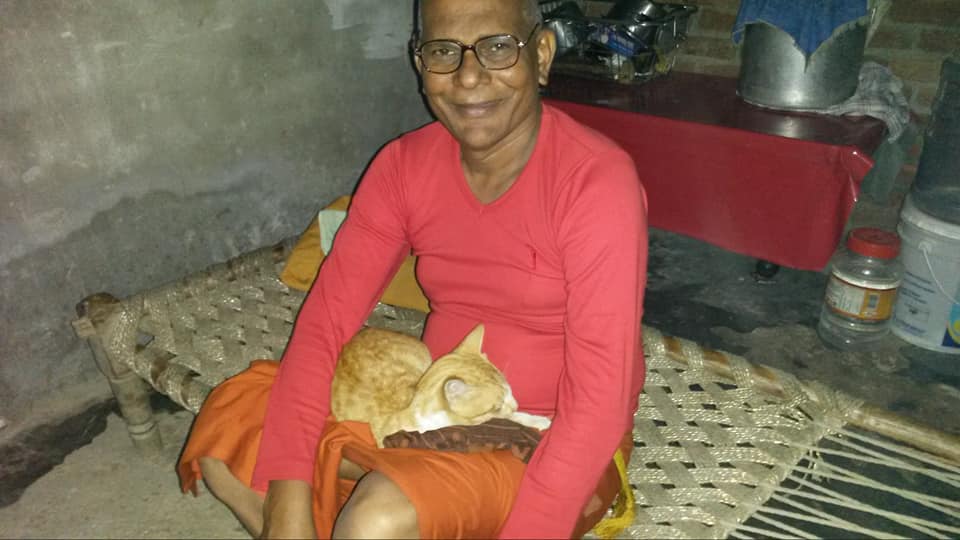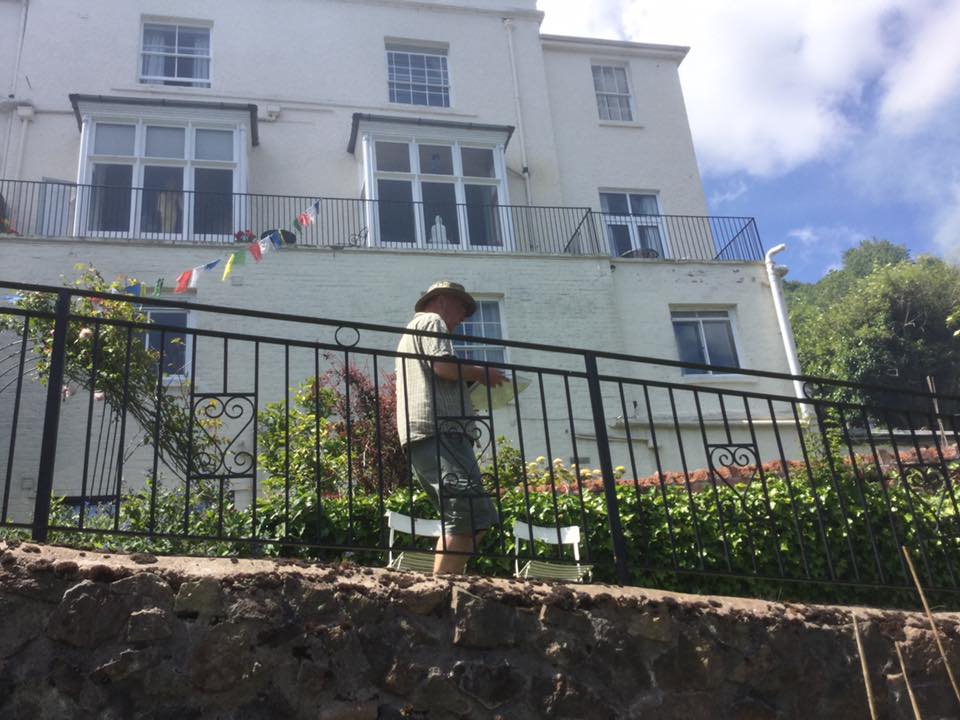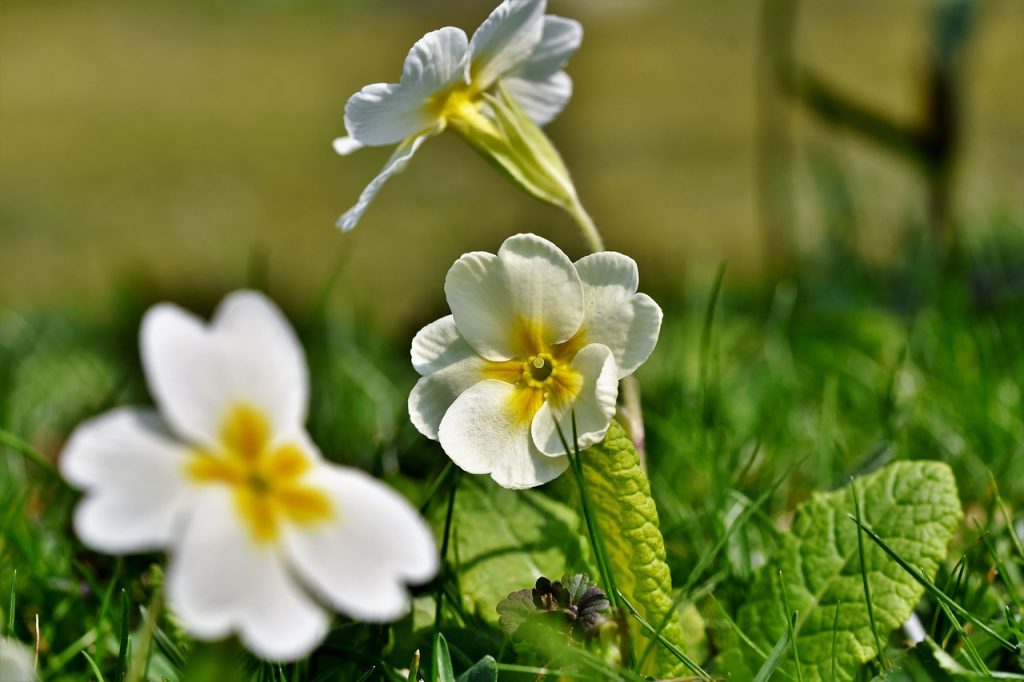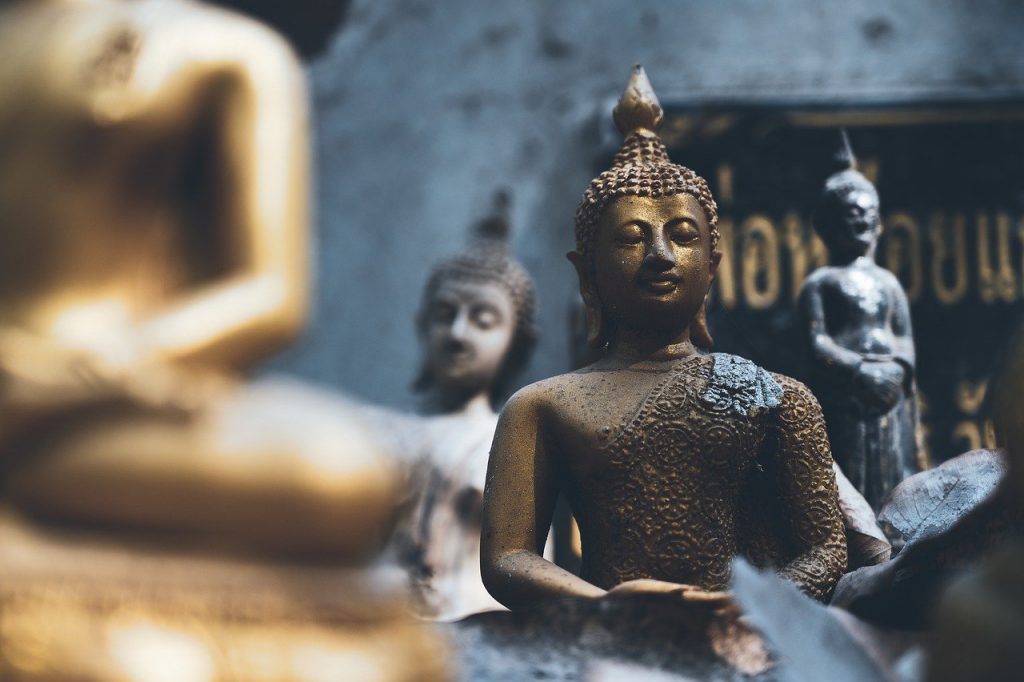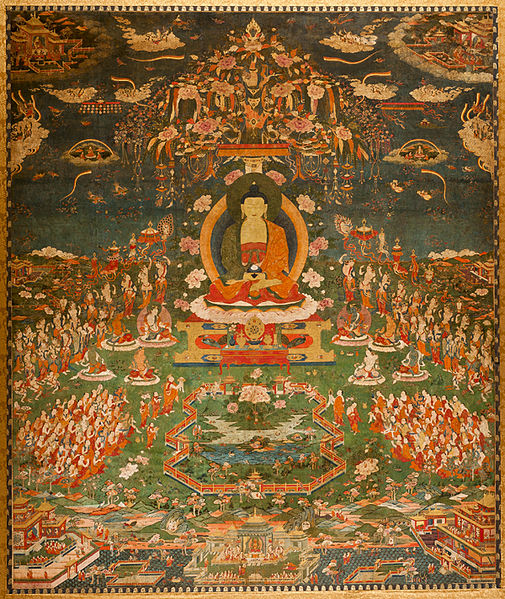Taking refuge
By Kaspa
This Saturday as part of our morning practice in the shrine room we’ll have a refuge ceremony. Refuge is what we call it when we place our trust in the three jewels: The Buddha, The Dharma and the Sangha. Refuge is when we stop being taken in by our defensive, calculating mind and trust something wise and kind. Refuge is at the heart of every Buddhist tradition, and every Buddhist practice can be seen as supporting refuge, or even as refuge.
The ceremony of taking refuge is a public setting of intention to keep taking refuge as our practice, and is sometimes seen as the moment one formally becomes Buddhist.
This is the first letter to the templemates I’ve written in sometime. I used to write more or less monthly on some Buddhist theme, or using Buddhism to bring some light to something happening in the world. After November last year when many of us left our old teacher, the energy to write dried up. I think I wrote once or twice.
Or perhaps it’s more accurate to say the energy was spent elsewhere. Tending to the often painful unfolding of leaving and creating something new took time and energy. Time spent looking inward and treating each thought and feeling with compassion. Time spent holding wise and kind spaces for conversations and listening (and sometimes managing this and sometimes not). Time spent resting and recovering.
Sometimes that’s what refuge looks like. Continually trusting the Buddha (both the Buddha as teacher and our own Buddha-nature) leads us into unexpected places. Ultimately taking refuge in this way leads to a flowering of love, to more energy and to more compassionate action, but along the way it can look like all sorts of different things.
I’m reminded of William Stafford’s poem The Way It Is:
There’s a thread you follow. It goes among
things that change. But it doesn’t change.
People wonder about what you are pursuing.
You have to explain about the thread.
But it is hard for others to see.
While you hold it you can’t get lost.
Tragedies happen; people get hurt
or die; and you suffer and get old.
Nothing you do can stop time’s unfolding.
You don’t ever let go of the thread.
So this is refuge. Trusting the thread that is loving kindness to all beings and following it wherever it takes you. Sometimes it will take you into tangles, and sometimes into open spaces. This is the path of love. It is not always easy to follow, but every step we take is a liberation.
With love
Kaspa

